Recently, the Labour-controlled Reading Borough Council has announced a 16-week closure of the public subway beneath Reading station to undertake repairs and complete works to remove the often-vandalised ceiling tiles. Despite the overdue improvements, the timing and duration of the closure, along with the absence of a suitable diversion route, render the impact on town centre residents unacceptable.
The proposed works coincide with the upcoming Reading Festival – any delay risks causing chaos for festivalgoers and creating an unwelcoming atmosphere in the town centre upon their arrival. Moreover, the diversion route is over FOUR TIMES longer than the subway route it replaces, leading pedestrians on a winding journey underneath the filthy, noisy, and cramped Vastern Road underpass, which is in desperate need of thorough cleaning.
The Reading Liberal Democrats are advocating for:
a shorter, cleaner, diversion route for all, using the Reading station overbridge
a shorter period of works to reduce the risk of collision with Reading Festival.
Liberal Democrat candidate for Abbey ward and Reading Central parliamentary candidate, Henry Wright, said:
“There is finally light at the end of the tunnel for improvements to the Reading station underpass, however the diversion and closure show, once again, Reading Labour’s disdain for walkers and cyclists, and users of the town centre.
“The length of this closure and the unpleasant diversion route would never be foisted upon motorists in the same way. I am demanding the council think again – reduce the length of the closure and put in place a much nicer diversion route for visitors and residents of Abbey ward alike.”
Liberal Democrat candidate for Thames ward, Jo Ramsay, said:
“It is great that work is now being planned to upgrade the tunnel, and not before time. As someone who lives on the Caversham side of Thames Ward and commutes by foot through the underpass every day, I have been shocked to see ceiling plates falling off and netting hanging down from the roof in there without urgent action to fix.”
“But 16 weeks is a shockingly long period for the tunnel, which is now a main thoroughfare for pedestrians and cyclists, to be out of action. The council needs to explain what work is planned in there and work with the contractors to minimise the time the tunnel is out of action for residents north and south of the river.”
Liberal Democrat candidate for Emmer Green, Pieter De Boiserie, said:
“While I am pleased to finally see the council get to action on a crucial piece of infrastructure to aid vulnerable road users to pass safely into the town centre, it speaks again of Labour’s inability to get things done. How something like this can take 16 weeks and cost up to £400,000 is incomprehensible to many residents.
“On top of this, the slightest delay with this project will mean it will clash with Reading Festival and cause unprecedented amounts of chaos around the station. I urge the council to review this and try to reduce the time and cost of this project as much as possible – and create a better alternative diversion route away from the dangerous Vastern Road underpass.”

 News3 months ago
News3 months ago
 News2 months ago
News2 months ago
 News1 year ago
News1 year ago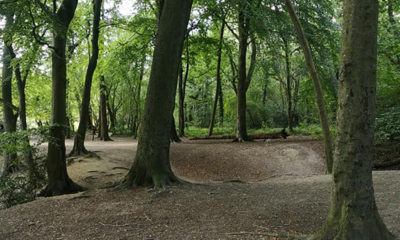
 Itineraries2 years ago
Itineraries2 years ago
 Events2 years ago
Events2 years ago
 Events5 years ago
Events5 years ago
 Events5 years ago
Events5 years ago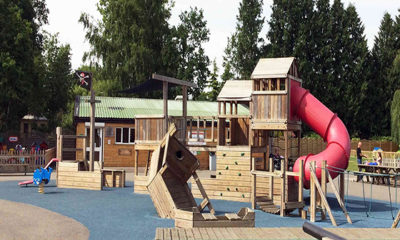
 Itineraries5 years ago
Itineraries5 years ago

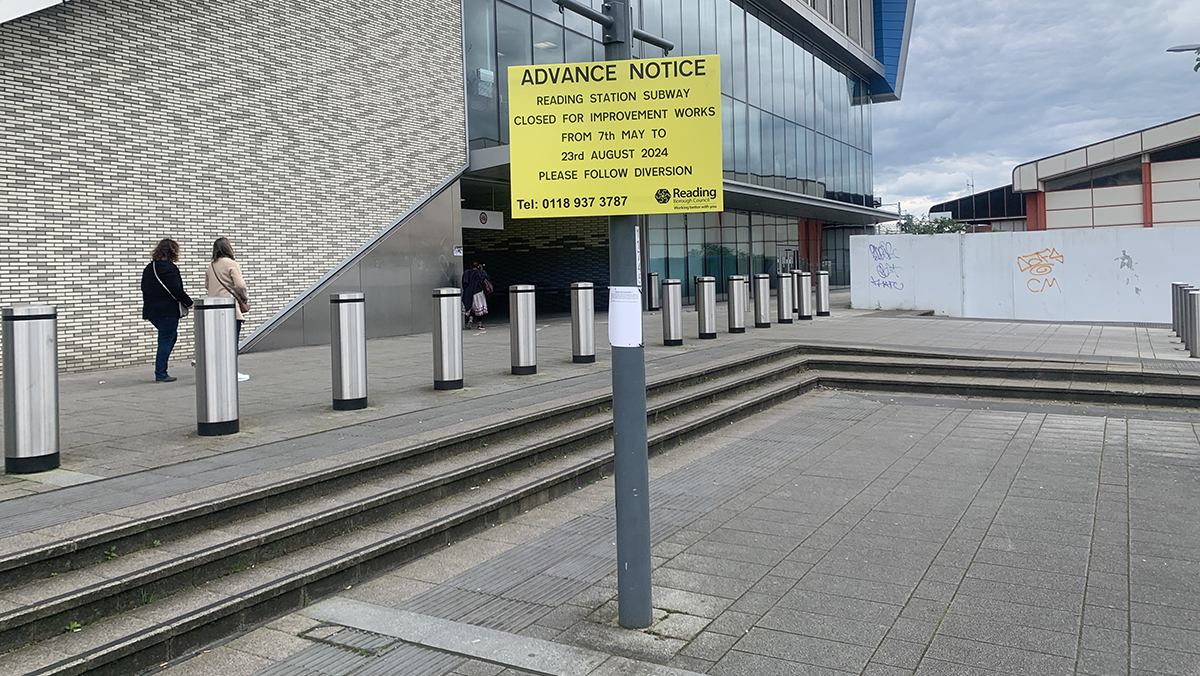
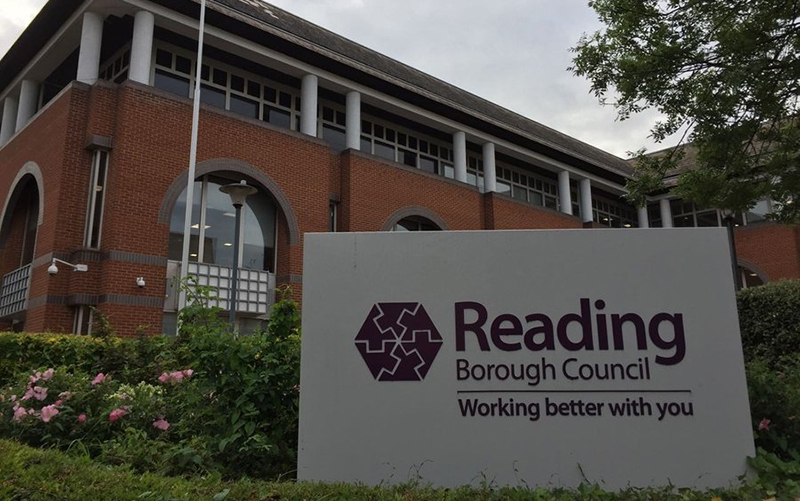
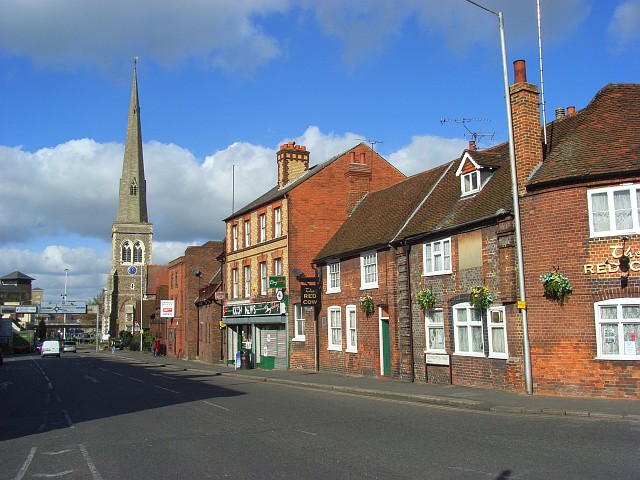





You must be logged in to post a comment Login